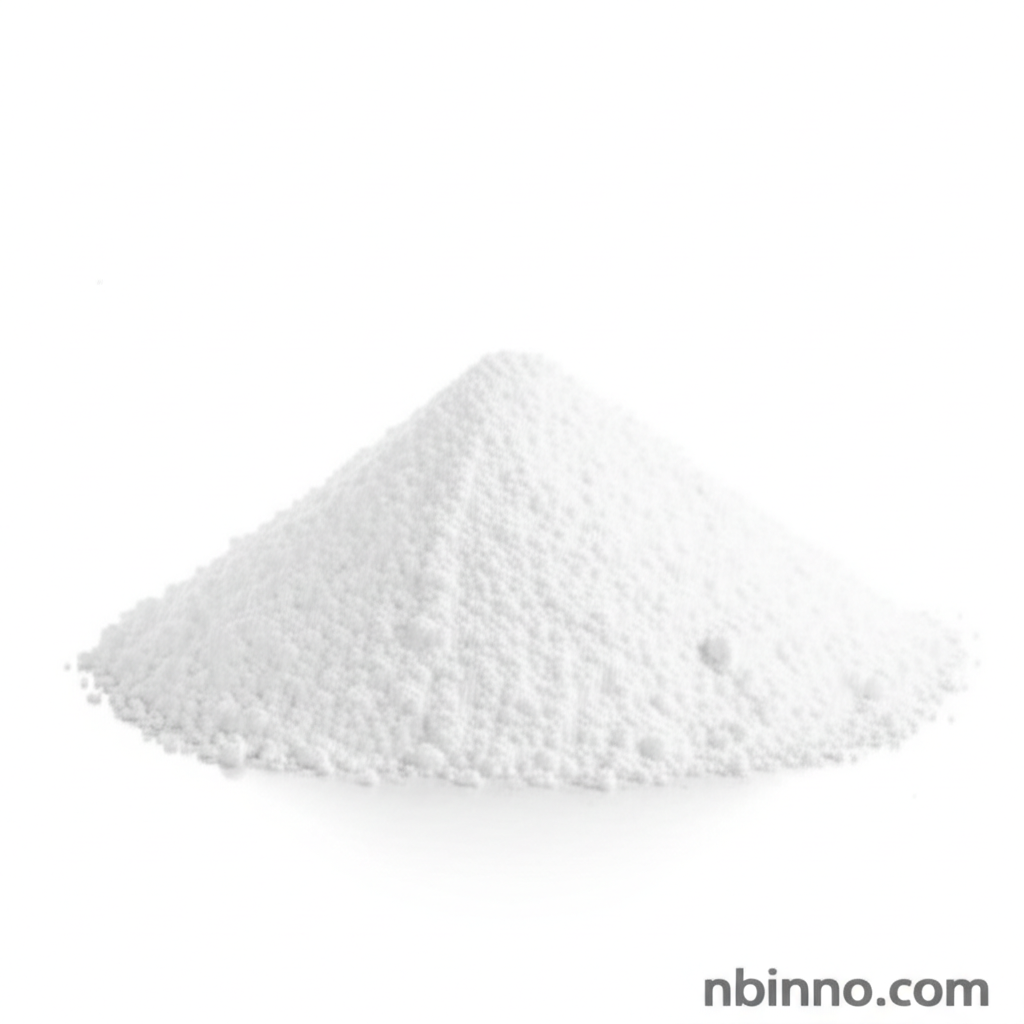Baloxavir Marboxil: A Deep Dive into a Leading Influenza Antiviral
Explore the cutting-edge of influenza treatment with Baloxavir Marboxil, offering a novel mechanism and potential for improved patient outcomes.
Get a Quote & SampleProduct Core Value

Baloxavir Marboxil
Baloxavir Marboxil represents a significant advancement in antiviral therapy, offering a unique mechanism of action that targets the influenza virus's replication process. As a cap-dependent endonuclease inhibitor, it disrupts viral transcription, providing an effective alternative to existing treatments, particularly against strains resistant to neuraminidase inhibitors. Its one-dose regimen enhances patient compliance and convenience, making it a key player in managing influenza.
- Baloxavir marboxil mechanism of action: This drug inhibits the endonuclease activity of the influenza virus's PA protein, a crucial enzyme for viral gene transcription, thereby halting viral replication.
- Baloxavir marboxil vs oseltamivir pediatric safety: Real-world data from the FAERS database suggests that while both are effective, careful monitoring is needed for potential medication errors with Baloxavir Marboxil in children, emphasizing the need for thorough patient education.
- Baloxavir marboxil treatment for influenza: It is approved for treating and preventing influenza in individuals aged 5 years and older, offering rapid symptom relief and a reduced likelihood of viral spread.
- Real world safety of baloxavir marboxil: Post-marketing surveillance indicates a generally favorable safety profile, though attention to off-label use and potential medication errors in pediatric populations is advised.
Key Advantages
Novel Mechanism of Action
The unique cap-dependent endonuclease inhibition offers a new strategy against influenza, especially for resistant strains, addressing a critical need in antiviral therapy.
Convenient Dosing
The single-dose regimen of Baloxavir Marboxil significantly simplifies treatment for patients, improving adherence and potentially reducing the risk of missed doses.
Broad Spectrum Efficacy
It demonstrates efficacy against various influenza strains, including those resistant to older antiviral classes, thereby expanding treatment options for patients.
Key Applications
Influenza Treatment
Directly targets and inhibits influenza virus replication in patients exhibiting symptoms within 48 hours of onset.
Influenza Prevention
Used as post-exposure prophylaxis to prevent influenza in individuals who have been in contact with infected persons.
Pediatric Care
Approved for use in children aged 5 years and older, addressing a crucial demographic for influenza management and public health.
Resistant Strain Management
Offers an effective option against influenza strains that have developed resistance to traditional treatments like neuraminidase inhibitors.
